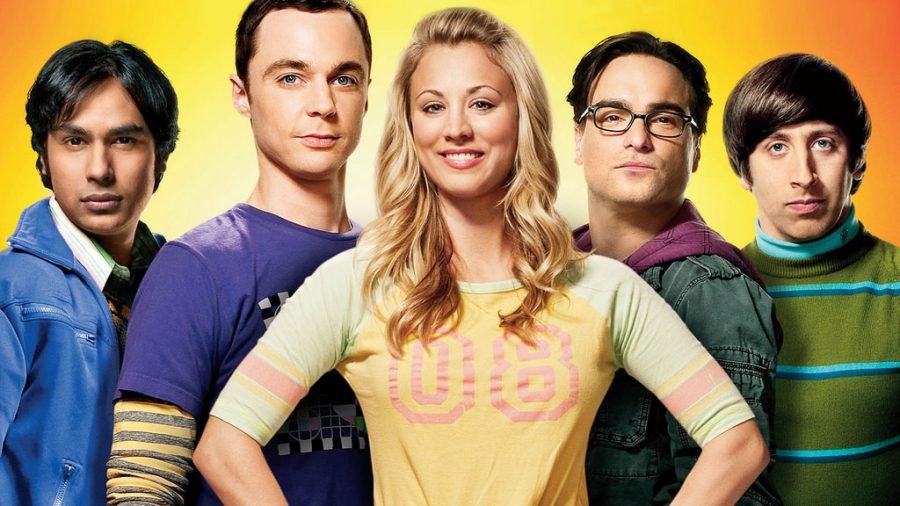Nerds. Geeks. Dorks. These three types of people are generally outsiders in the schools depicted by mainstream American media. However, in Silicon Valley these individuals have become the foundation of our community. Here, geek is chic.
A recent trend in television programming follows this fascination with outsiders, namely the male geek, nerd, and dork. Take, for example, television shows like “The Big Bang Theory” and “Silicon Valley.” While these series shine light on seemingly unconventional character types, they also perpetuate the exclusion of women. It is time for screen-writers to recognize these harmful archetypes and create the modern man our changing world needs to see.
The undercurrent of misogyny in nerd and geek cultures is not a new phenomenon. As teen movies rose to fame and critical acclaim in the 80s, so did the character trope of geeks and nerds. For example, the character Ted in the film Sixteen Candles, who is used mostly for comedic purposes. Ted is the weird and geeky kid always trying to hit on girls. He eventually gets a popular girl’s attention only after having sex with her while she was drunk. This is rape, yet is written off as nothing. Another 80s movie, Back to the Future, also utilizes the geeky creep. After protagonist Marty McFly travels back in time, he finds that his dad was a peeping tom who climbed up trees to look through girls’ bedroom windows. However, since the geeky guys don’t fit into the hypermasculine stereotype of male predators, their behavior is written off as harmless, or even humorous.
Over 30 years later, the TV and movie industry are still encouraging this behavior. Since 2007, “The Big Bang Theory” has used misogyny and racism as cheap jokes. Sheldon, Leonard, Raj, and Howard are openly sexist. These four friends harass, stalk, lie, and refuse to take “no” for an answer. Howard goes as far as to place a spy camera in a teddy bear he gives to his best friend’s girlfriend, Penny. Raj cannot talk to women unless drunk or under the influence of drugs, and decides to expose himself to a woman he’d just met. Sheldon’s disdain for women is clear throughout the show, with lines like, “Do you want to hear another reason why men are better than women?… All you hear women say is ‘I’ll just have a salad,’ ‘where’s my lipgloss’.” Lastly, there is Leonard: the bystander. Occasionally, this geeky “nice guy” character shoots his friends a disgusted look, but never takes any steps to dispute his friends’ misogyny.
The television show, “Silicon Valley” — a satire on the tech industry’s headquarters ― exhibits how female characters are treated as inferior, excluded and harrassed in the workplace. Reflective of the real Silicon Valley, little is done about it.
Though these shows claim to depict the “modern man,” they also display a positively primeval treatment of women that needs to stop. Writers of these shows need to realize that they have substantial influence on their audience. Their audience also includes geeky kids who yearn for characters they can relate to and may thus view the treatment of woman in these shows as acceptable to do themselves. These characters are role models, which makes their both fervent and passive supporting of misogyny a very real and serious issue.
Shows do not have to use these cheap tricks to win laughs. Geekiness and misogyny are not mutually exclusive. Take Barry Allen from “The Flash” or Lionel from “Dear White People” who work with and treat their female friends with respect and as equals. Furthermore, if middle schoolers Dustin, Lucas, and Mike from “Stranger Things” can show respect for their female friends, so can adults.
